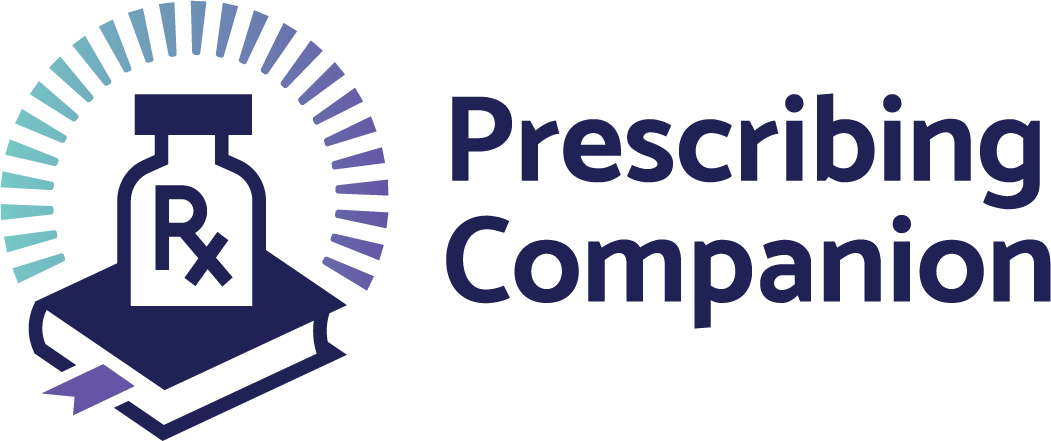Osteomyelitis
exp date isn't null, but text field is
ICD10 CODE: M86
Infection of bone by pus-forming bacteria, mainly affecting older children and adults.
Cause
- Any type of bacterium but most commonly aureus, following infection elsewhere in the body
- Risk factor: sickle cell disease (causative agent mostly S. Aureus, Salmonella also common)
Clinical features
Acute osteomyelitis
- Onset is usually over several days
- Fever, usually high but may be absent, especially in neonates
- Pain (usually severe)
- Tenderness and increased “heat” at the site of infection, swelling of the surrounding tissues and joint
- Reduced or complete loss of use of the affected limb
- The patient is usually a child of 4 years or above with reduced immunity, but adults may also be affected
- History of injury may be given, and may be misleading, especially if there is no fever
Chronic osteomyelitis
- May present with pain, erythema, or swelling, sometimes in association with a draining sinus tract
- Deep or extensive ulcers that fail to heal after several weeks of appropriate ulcer care (e.g. in diabetic foot), and non-healing fractures, should raise suspicion of chronic osteomyelitis
Differential diagnosis
- Infection of joints
- Injury (trauma) to a limb, fracture (children)
- Bone cancer (osteosarcoma, around the knee)
- Pyomyositis (bacterial infection of muscle)
- Cellulitis
- Sickle-cell disease (thrombotic crisis)
Investigations
- X-ray shows
- Nothing abnormal in first 1-2 weeks
- Loss of bone density (rarefaction) at about 2 weeks
- May show a thin “white” line on the surface of the infected part of the bone (periosteal reaction)
- Later, may show a piece of dead bone (sequestrum)
- Blood: CBC, ESR, C&S: Type of bacterium may be detected
- Attempt ZN stain, gene expert, culture if lesion suspect
- Calcoflour stain for fungus
Management
Patients with suspected osteomyelitis need to be referred to hospital for appropriate management.
| Treatment | LOC |
|
HC3
H
RR
HC3
H
RR |
Chronic osteomyelitis
- Surgery and antibiotics
